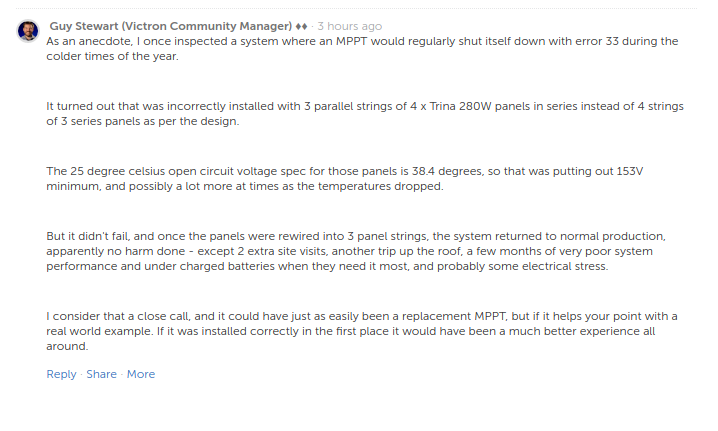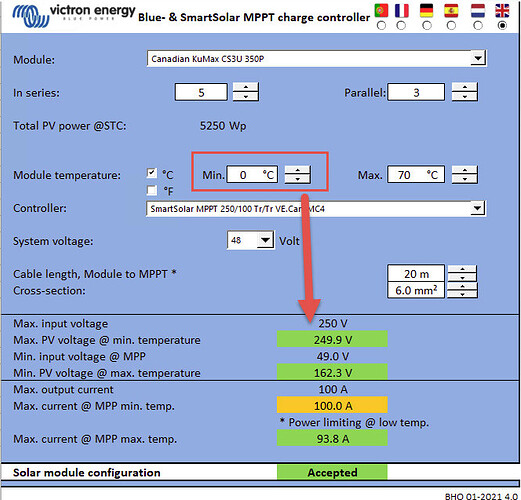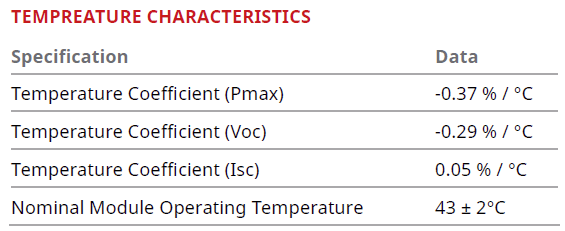OK, I hate to beat a dead horse. But here goes.
I’m not an electric engineer, my experience is merely of the “working with it on paper kind”. My practical experience ended with 335W modules on my own roof, which has a comfortable Voc of 45.5V. 10% margin.
So let me use an example. The capacitors in your car radio will be 16V. In my personal opinion, that’s being CHEAP. The kind of ripple an alternator puts into an electrical system, especially with a bad lead acid battery, can approach that kind of level already. A good car radio should come with at least 25V capacitors (the next step up), in my opinion. But my opinion aside… despite the caps being 16V and occasionally getting a hammering (think about temperatures and bad lead acid batteries), car radios do not generally blow their caps within the normal design life of the unit. And that is because it happens infrequently.
Another point: Capacitors are rated to do their work at a certain max voltage and also a certain operating temperature. If you FREQUENTLY run it at the top voltage, at the rated temperature, you will get a certain number of hours out of that cap (cheap caps are 1800 hours if I recall) before it fails.
Then you have ESR (effective series resistance), something which also degrades over time, increasing your ripple components, which then affects other components. This is something that the earlier Voltronic inverters frequently suffered from: The caps degraded, causing the FETs to blow later.
Then you have ripple. This is a switch mode power supply. You have to deal with ripple, which means the peaks might already be higher than the DC you are pushing in.
All of this has to be fitted into the safety margin, and keeping it under the worst component in the box.
The manufacturer doesn’t want warranty returns, so he picks a low-ish number that is good for everyone and everything.
On the other end, the panel maker likely errs on the side of picking higher numbers, because 1) better for marketing, and 2) you also don’t want someone to complain that your modules blew something up because it exceeded the stated specs.
The result is that there is probably a lot more room than we realise, and practical testing bears that out.
So if you have a system that has been working well for years, and your installer is backing it, then you can relax. I am terribly sorry if I caused people to panic. @calypso , if that 146V you saw was on a cold day, I would not worry. If it was on a hot summer’s day, then absolutely, get that array reconfigured asap 
![]()


